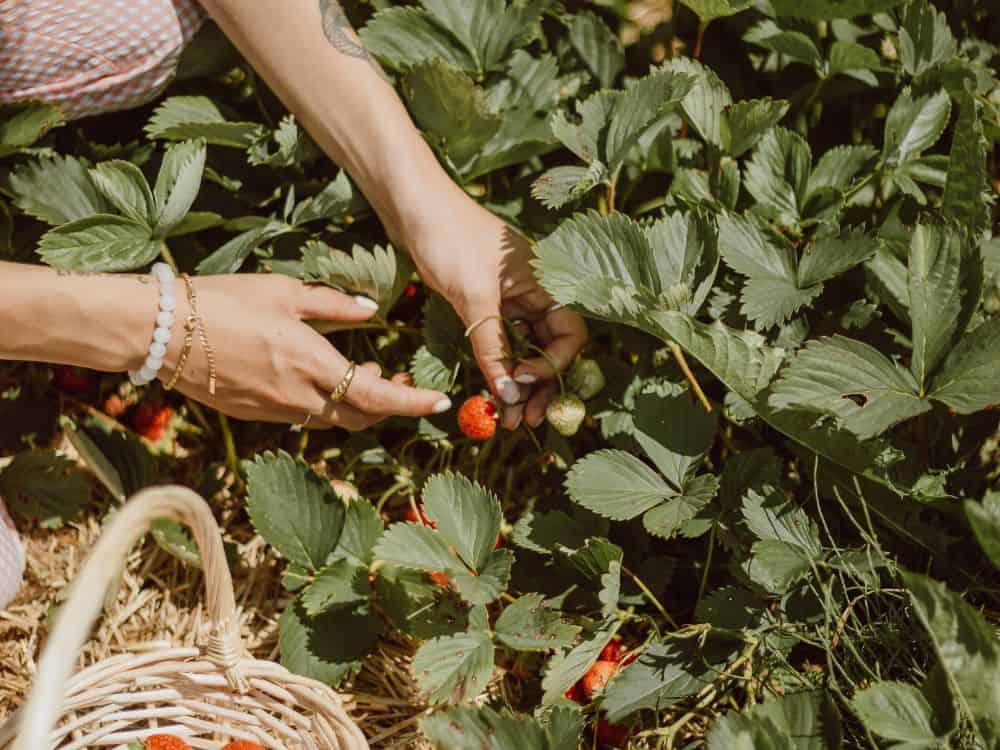101 Sustainability Tips & Ideas For A Greener Lifestyle

42. Follow ecological gardening tips. Like planting native species. Without native plants, insects and birds that have co-evolved with them cannot survive. Planting native plant species can combat climate change, encourage water conservation, and increase biodiversity – which is just about the best spring sustainability tip we can offer.
43. Plant pollinator-friendly plants. Almost 80% of our food and industrial products require pollination by animals. By protecting pollinator species, we can help our air, water, and soil stay healthy. Common pollinator-friendly plants include bee balm, echinacea, and so many others, which you can look up based on your region.
44. Ditch the herbicides. The chemicals in herbicides can cause habitat alteration that affects the species living in these habitats. Look into natural alternatives to kill weeds, such as mulching your lawn, laying down glass panes for several weeks to burn them away before planting your garden, or hand-weeding once you have.
45. Master the art of companion planting. Companion planting is the strategic planting of certain crops in proximity to each other (and keeping others far apart) for any number of reasons—like increasing soil nutrients, chasing away bugs and pests (so you don’t have to buy natural bug spray), and maximizing the efficiency of your garden.
46. You need Neem. Neem oil is an organic insect-repellent and fungal cure that is practically non-toxic to the environment, except in huge doses. Other chemical-free ways to rid your garden of unwanted insects include Diatomaceous Earth (food-grade, OMRI-tested) or planting herbs around perimeters.
47. Switch your sprinklers in summer. Rotary nozzles fit on most popup spray heads. Rotating nozzles deliver water slower with larger droplets, reducing both runoff and water waste.
48. Stop sprinkling altogether. Take the previous summer sustainability tip to the next level and don’t sprinkle at all. Landscape irrigation accounts for ⅓ of all residential water use in the U.S. Reserve some water for your vegetables, but opt for drought-resistant landscaping plants or rock gardens.
49. Dispose of yard waste properly. Many municipalities have free composting centers for yard waste like branches, leaves, and grass trimmings. Garden waste can be turned into soil conditioner, a product used for agriculture and land reclamation to increase soil condition.
50. Look into rainscaping. Stormwater runoff picks pollutants from fertilizers and pesticides as it travels through storm drains into rivers, oceans, and lakes. Rainscaping uses the landscape to naturally redirect and reuse stormwater runoff to reduce the amount of water pollution happening.
51. Leave the leaves. If you’re looking for the best sustainability tips for fall, here it is. Fallen leaves break down to create nutrient-rich soil and keep our insect friends happy by providing shelter and insulation during the colder months.





